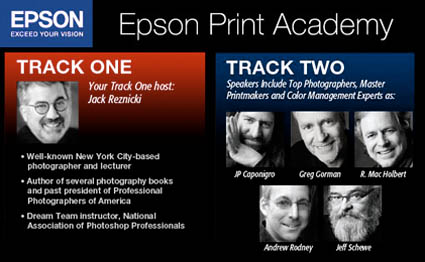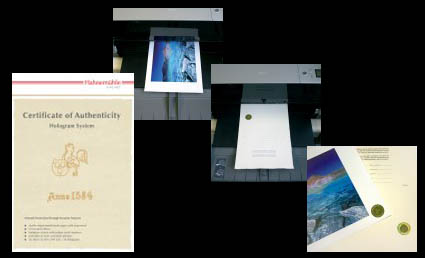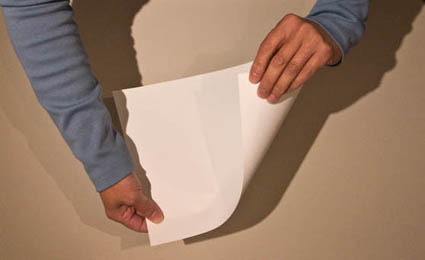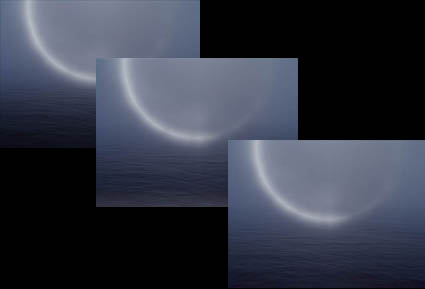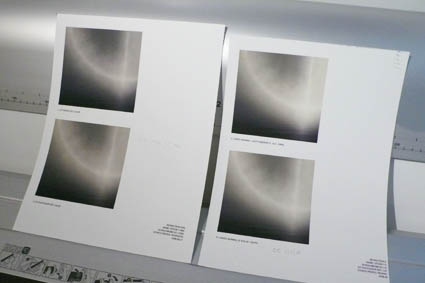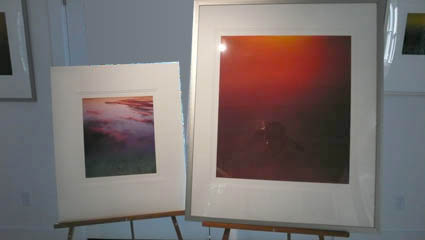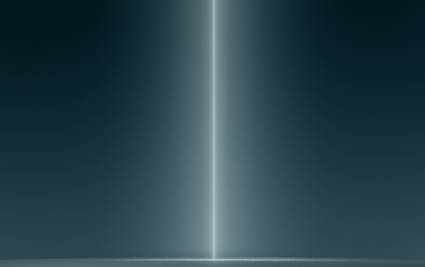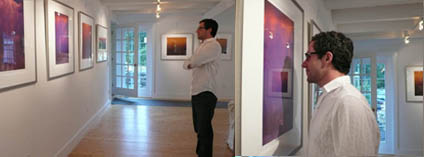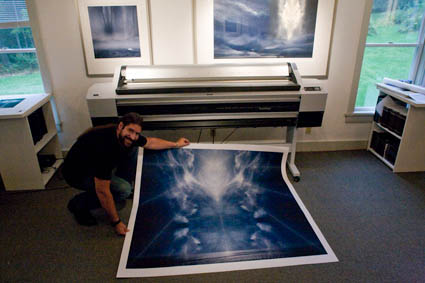The Fine Digital Print – Seminar – Total Solution
Today I present a seminar The Fine Digital Print.
One of the things I discuss is that print quality is a product of a total a solution. It can be challenging to compare the many new offerings from multiple manufacturers. Breaking the systems down into their component parts and understanding what impact each has on print quality is essential to achieving a balanced well-informed viewpoint. Here are five items to bear in mind.
PRINTER
INK DELIVERY SYSTEM
PAPER DELIVERY SYSTEM
SELF-PROFILING
INK
DMAX & GAMUT
FAST DRYING
LONGEVITY & DURABILITY
SUBSTRATE
ISO BRIGHTNESS DMAX & GAMUT
COATINGS – DRYING AGENTS & BRIGHTENERS
LONGEVITY & DURABILITY
DRIVER
INK LIMIT
PAPER FEED
DOT STRUCTURE – SIZE & PLACEMENT
SEPARATION – WHICH INKS ARE USED WHERE
16 BIT
RIP – POSTSCRIPT COMPATIBILITY FOR VECTOR GRAPHICS & TEXT
PROFILES
HIGH QUALITY PROFILES ARE EASIER TO GENERATE IF …
PRINTERS ARE LINEARIZED (AT FACTORY) & STABLE
INKSETS ARE CONSISTENTLY FORMULATED
Check out my free Printing downloads here.
Check out my workshops here.


